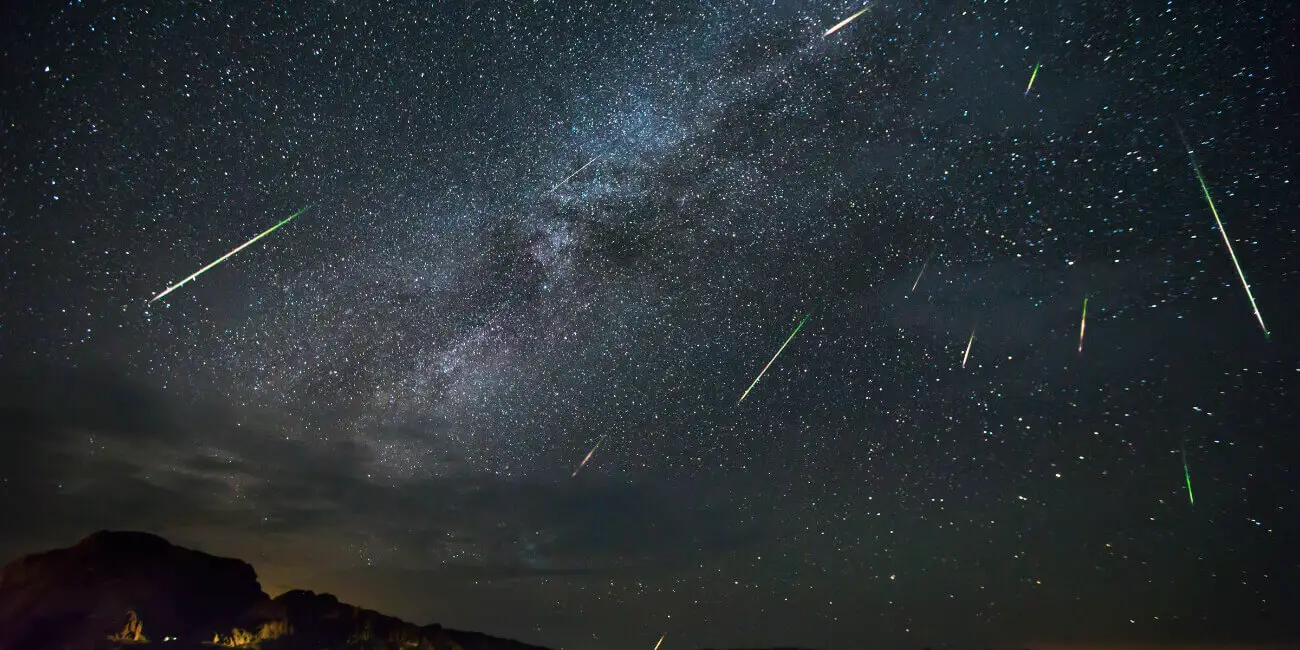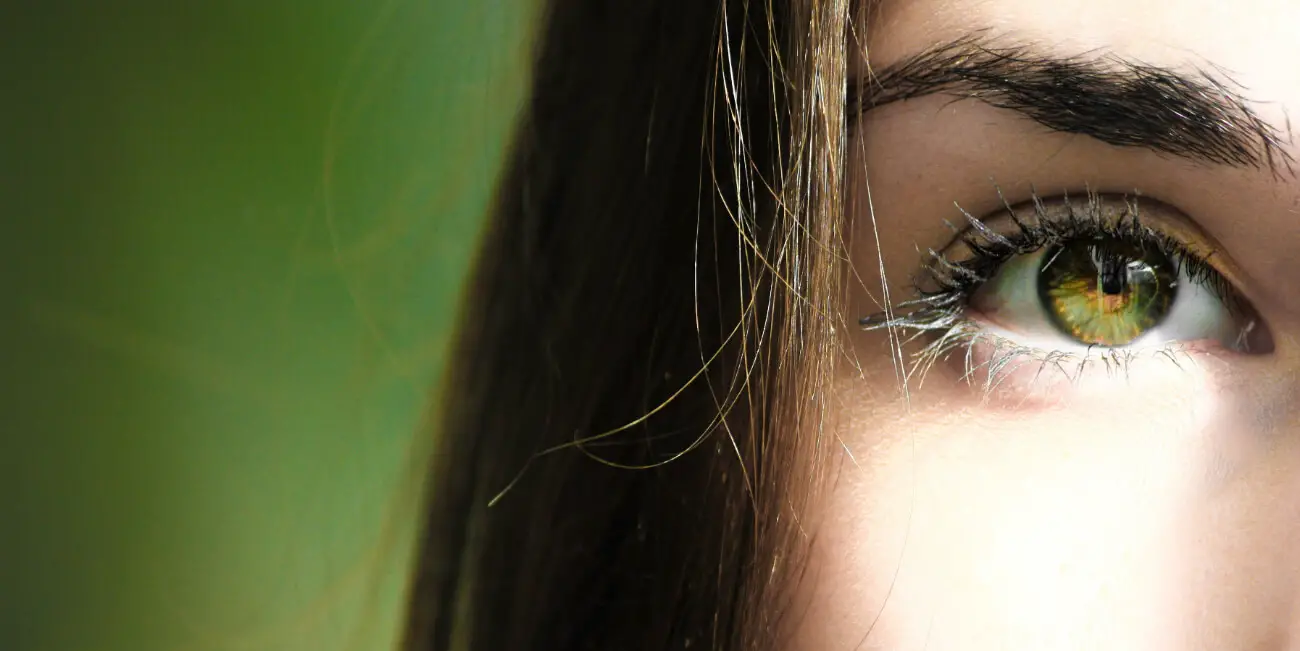
How to Watch the Perseids Meteor Shower
The end of summer is marked by a forte of light shows put on by our evening skies..
We're of course talking meteor showers, the most famous of which resonate this time of year being the Perseids- a series of meteor showers that are named after the constellation Perseus, which is where they seemingly originate from.
Historically
The Perseids meteor showers appear between the months of July and August. In 2017, the peak visibility of this meteor shower was captured on August 12th whereas in 2018, peak visibility of the Perseids was August 11th.
The peak of this wonderful light show will give a rate of up to 60 meteors an hour and a preferred time of viewing between 12AM and 5AM, of course when the sky is at its darkest. Due to the positioning of the Perseus constellation where they seemingly originate from, the Perseids meteor showers are easier to see in the northern hemisphere of the globe.

How To View the Meteor Shower
To best see the Meteor Shower, find a location far from light and allow at least 30 minutes for your eyes to adjust to the darkness for maximum visibility. Studies show that adjusting to darkness can take several hours, however the first few minutes are the most noticeable to the human eye
If you are not able to view the Perseids meteor shower in person, you can watch a live stream of the event here on space.com.
If you found this article helpful, please considering sharing using the social media icons below for others to experience this sky spectacle!

